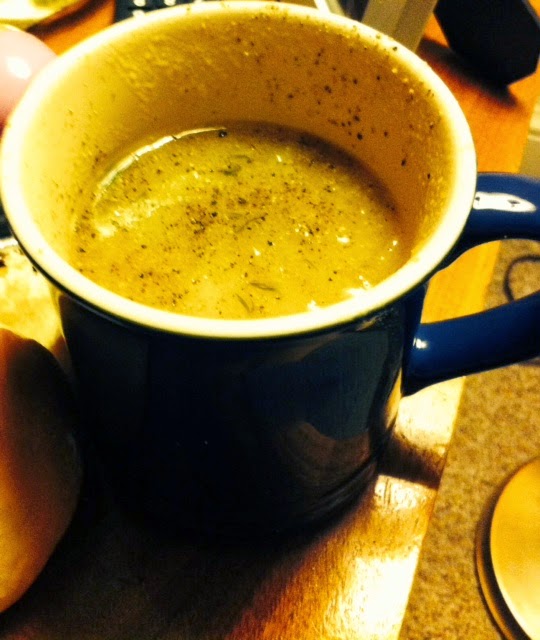My dad is half Japanese, born in Washington. An army brat, he spent a lot of his childhood moving around with two fairly explosive parents who were not in any position to be raising a kid. However, after the divorce they settled back in my grandmother's home state of Hawai'i.
In Honolulu my dad found a real home. As my grandmother was hard working single mother, my dad often spent time at one of his auntie's houses (there were 5 to choose from). There, he was finally coddled, given attention, and played with cousins. In addition, Hawai'i was a safe haven for a half Japanese kid who had been picked on and bullied mercilessly in other midwestern and southern states for alien in all-white towns.
As he grew up, he began to itch for the mainland and ended up moving all the way to cold, snowy, grey Rochester. When he adopted my sister and I, he always longed to bring us back to Hawai'i and show us his roots and where he had grown up.
While we have been back and forth to Hawai'i sporadically over the years, the first thing I always do when we arrive in Honolulu or Lihue is go to McDonald's.
Say whaaaaa? Ah but wait - there's a reason, I promise! The McDonald's in Hawai'i are one of the few places in the world where the menu is different. A famous and frequent Hawaiian breakfast is spam, rice, and eggs. It is humble, simple, and just completely scrumptious. It's not just that spam is a cheap substitute for ham or bacon or sausage - spam itself is crazy good! While I don't want to really know how it was made, I still have some inexplicable craving for it and insane happiness when I eat it. All of the flavors also really complement each other - the saltiness and crispness of the spam mixed with bites of hot, steamy rice, and the soft fluffiness of scrambled eggs.
If you're ever in Hawai'i, make sure you try it! Or spam musubi. Even though canned meats are in theory, terrible and sound disgusting, don't knock it til you try it. However, I do also think my history with spam is related to food nostalgia. Perhaps it is also precious memories I connect to my dad and his side of the family that should factor into my spam love. It's truly interesting the influence family can play on your tendencies towards food.











